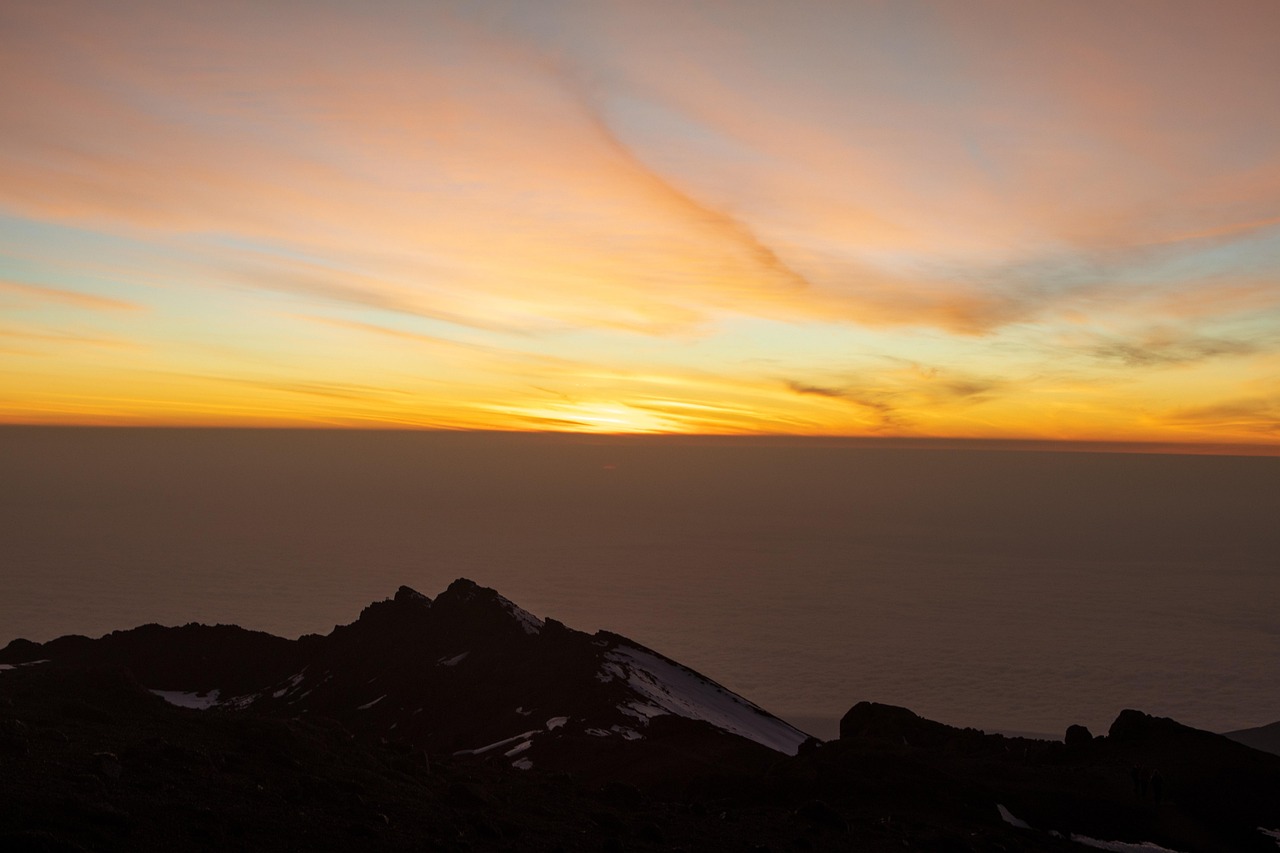Kilimanjaro Altitude – Elevation, Zones
Mount Kilimanjaro’s altitude is 5,895 meters (19,341 feet) at its summit, Uhuru Peak. Learn about elevation zones, how altitude affects climbers, and tips for safe acclimatization.

Mount Kilimanjaro’s altitude is 5,895 meters (19,341 feet) at its summit, Uhuru Peak. Learn about elevation zones, how altitude affects climbers, and tips for safe acclimatization.


Mount Kilimanjaro stands at an impressive altitude of 5,895 meters (19,341 feet) above sea level, making it the highest mountain in Africa and the tallest free-standing mountain in the world. As climbers ascend through distinct ecological zones, they experience rapidly changing elevations — from tropical rainforest to arctic summit. Understanding Kilimanjaro’s altitude is essential for preparation, as the risk of altitude sickness increases the higher you go. Proper acclimatization is key to a successful and safe summit.
Mount Kilimanjaro stands at a staggering altitude of 5,895 meters (19,341 feet) above sea level, making it the tallest free-standing mountain in the world and the highest peak in Africa. Its dramatic elevation gain—from the base to the summit—makes altitude a key factor when planning your Kilimanjaro climb. Understanding the effects of altitude, the mountain’s elevation zones, and how to prepare is essential for a safe and successful ascent.
As you ascend Mount Kilimanjaro, you pass through five distinct climate and altitude zones, each with its own characteristics, terrain, and risks:
Altitude sickness, or Acute Mountain Sickness (AMS), is one of the biggest challenges on Kilimanjaro. It occurs when your body fails to adjust to the decreasing oxygen levels as you ascend.
High Altitude Pulmonary Edema (HAPE) and High Altitude Cerebral Edema (HACE) are life-threatening forms of altitude sickness. Immediate descent and medical treatment are required.
As you climb higher, the air becomes thinner and oxygen levels drop significantly:
| Altitude | Oxygen % (Compared to Sea Level) |
|---|---|
| 1,800 m (Rainforest Zone) | ~82% |
| 3,000 m (Moorland) | ~70% |
| 4,600 m (Lava Tower) | ~58% |
| 5,895 m (Uhuru Peak) | ~49% |
Yes. Kilimanjaro’s summit (5,895 m) is higher than Everest Base Camp (5,364 m), although Everest itself is much taller (8,848 m).
Supplemental oxygen is not required for Kilimanjaro, but reputable operators carry oxygen tanks and pulse oximeters for emergencies and safety checks.
Kilimanjaro does not have a “death zone” like Everest (above 8,000 m), but its summit altitude still poses serious risks for altitude sickness.
At least 7 to 9 days is recommended. Shorter treks increase the risk of altitude sickness and reduce summit success chances.
Mount Kilimanjaro’s altitude makes it a true physical and mental challenge. With the summit towering at 5,895 meters, success depends heavily on proper acclimatization, slow ascent, and choosing the right route. Whether you’re a first-time trekker or an experienced climber, understanding Kilimanjaro’s elevation and how it impacts your body is key to reaching the Roof of Africa safely and successfully.